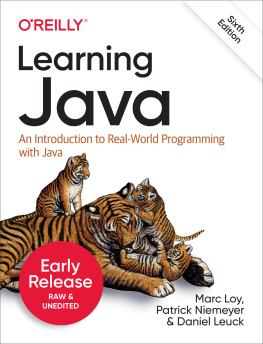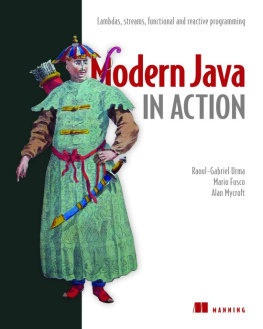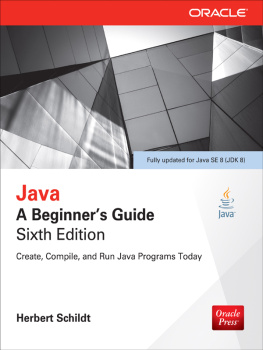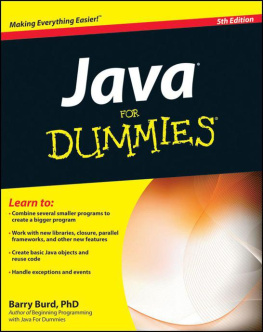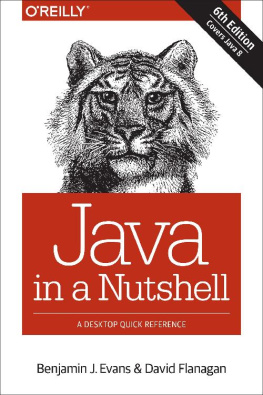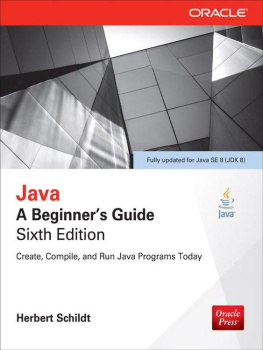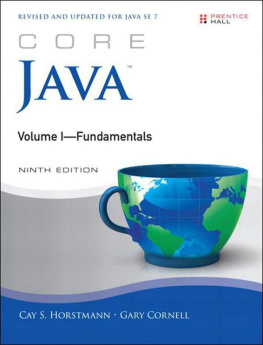Contents
Page List
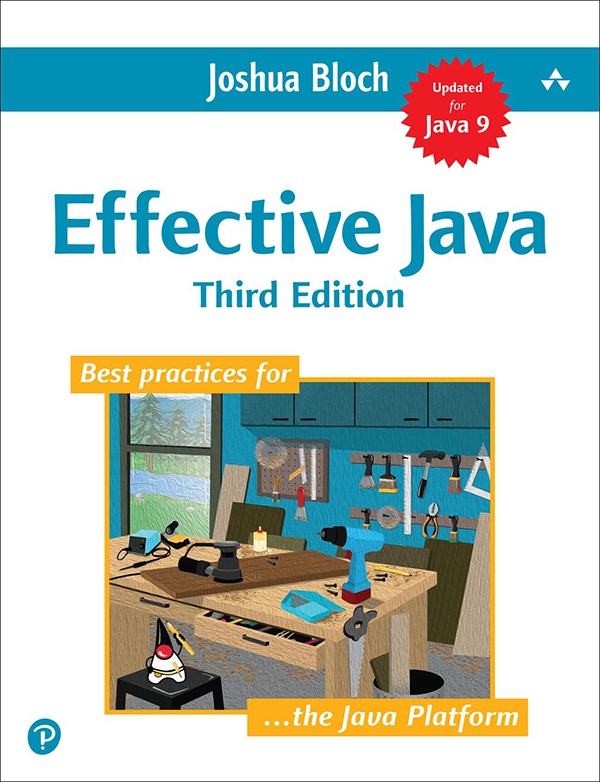
About This E-Book
EPUB is an open, industry-standard format for e-books. However, support for EPUB and its many features varies across reading devices and applications. Use your device or app settings to customize the presentation to your liking. Settings that you can customize often include font, font size, single or double column, landscape or portrait mode, and figures that you can click or tap to enlarge. For additional information about the settings and features on your reading device or app, visit the device manufacturers Web site.
Many titles include programming code or configuration examples. To optimize the presentation of these elements, view the e-book in single-column, landscape mode and adjust the font size to the smallest setting. In addition to presenting code and configurations in the reflowable text format, we have included images of the code that mimic the presentation found in the print book; therefore, where the reflowable format may compromise the presentation of the code listing, you will see a Click here to view code image link. Click the link to view the print-fidelity code image. To return to the previous page viewed, click the Back button on your device or app.
Effective Java
Third Edition
Joshua Bloch

Boston Columbus Indianapolis New York San Francisco Amsterdam Cape Town
Dubai London Madrid Milan Munich Paris Montreal Toronto Delhi Mexico City
So Paulo Sydney Hong Kong Seoul Singapore Taipei Tokyo
Many of the designations used by manufacturers and sellers to distinguish their products are claimed as trademarks. Where those designations appear in this book, and the publisher was aware of a trademark claim, the designations have been printed with initial capital letters or in all capitals.
The author and publisher have taken care in the preparation of this book, but make no expressed or implied warranty of any kind and assume no responsibility for errors or omissions. No liability is assumed for incidental or consequential damages in connection with or arising out of the use of the information or programs contained herein.
For information about buying this title in bulk quantities, or for special sales opportunities (which may include electronic versions; custom cover designs; and content particular to your business, training goals, marketing focus, or branding interests), please contact our corporate sales department at or (800) 382-3419.
For government sales inquiries, please contact .
For questions about sales outside the U.S., please contact .
Visit us on the Web: informit.com/aw
Library of Congress Control Number: 2017956176
Copyright 2018 Pearson Education Inc.
Portions copyright 2001-2008 Oracle and/or its affiliates.
All Rights Reserved.
All rights reserved. Printed in the United States of America. This publication is protected by copyright, and permission must be obtained from the publisher prior to any prohibited reproduction, storage in a retrieval system, or transmission in any form or by any means, electronic, mechanical, photocopying, recording, or likewise. For information regarding permissions, request forms and the appropriate contacts within the Pearson Education Global Rights & Permissions Department, please visit www.pearsoned.com/permissions/.
ISBN-13: 978-0-13-468599-1
ISBN-10: 0-13-468599-7
1 17
To my family: Cindy, Tim, and Matt
Contents
Foreword
IF a colleague were to say to you, Spouse of me this night today manufactures the unusual meal in a home. You will join? three things would likely cross your mind: third, that you had been invited to dinner; second, that English was not your colleagues first language; and first, a good deal of puzzlement.
If you have ever studied a second language yourself and then tried to use it outside the classroom, you know that there are three things you must master: how the language is structured (grammar), how to name things you want to talk about (vocabulary), and the customary and effective ways to say everyday things (usage). Too often only the first two are covered in the classroom, and you find native speakers constantly suppressing their laughter as you try to make yourself understood.
It is much the same with a programming language. You need to understand the core language: is it algorithmic, functional, object-oriented? You need to know the vocabulary: what data structures, operations, and facilities are provided by the standard libraries? And you need to be familiar with the customary and effective ways to structure your code. Books about programming languages often cover only the first two, or discuss usage only spottily. Maybe thats because the first two are in some ways easier to write about. Grammar and vocabulary are properties of the language alone, but usage is characteristic of a community that uses it.
The Java programming language, for example, is object-oriented with single inheritance and supports an imperative (statement-oriented) coding style within each method. The libraries address graphic display support, networking, distributed computing, and security. But how is the language best put to use in practice?
There is another point. Programs, unlike spoken sentences and unlike most books and magazines, are likely to be changed over time. Its typically not enough to produce code that operates effectively and is readily understood by other persons; one must also organize the code so that it is easy to modify. There may be ten ways to write code for some task T. Of those ten ways, seven will be awkward, inefficient, or puzzling. Of the other three, which is most likely to be similar to the code needed for the task T' in next years software release?
There are numerous books from which you can learn the grammar of the Java programming language, including The JavaProgramming Language by Arnold, Gosling, and Holmes, or The JavaLanguage Specification by Gosling, Joy, yours truly, and Bracha. Likewise, there are dozens of books on the libraries and APIs associated with the Java programming language.
This book addresses your third need: customary and effective usage. Joshua Bloch has spent years extending, implementing, and using the Java programming language at Sun Microsystems; he has also read a lot of other peoples code, including mine. Here he offers good advice, systematically organized, on how to structure your code so that it works well, so that other people can understand it, so that future modifications and improvements are less likely to cause headachesperhaps, even, so that your programs will be pleasant, elegant, and graceful.
Guy L. Steele Jr.
Burlington, Massachusetts
April 2001
Preface
Preface to the Third Edition
IN 1997, when Java was new, James Gosling (the father of Java), described it as a blue collar language that was pretty simple []. Stroustrup warned:
Much of the relative simplicity of Java islike for most new languagespartly an illusion and partly a function of its incompleteness. As time passes, Java will grow significantly in size and complexity. It will double or triple in size and grow implementation-dependent extensions or libraries. []
Now, twenty years later, its fair to say that Gosling and Stroustrup were both right. Java is now large and complex, with multiple abstractions for many things, from parallel execution, to iteration, to the representation of dates and times.


